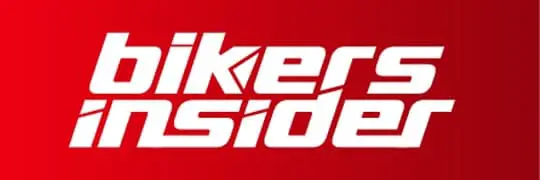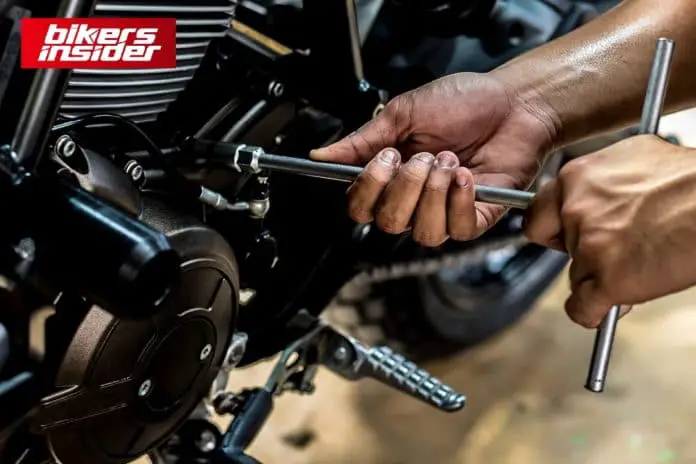Table of Contents
Introduction
Motorcycle maintenance isn’t something you can learn in a flash. To keep your bike safe and well-maintained, you could let the technician handle everything, but that would be expensive, and you learn very little.
Essential motorcycle maintenance is critical to ensuring a safe and comfortable ride, yet it is often ignored. In other words, ignoring motorcycle care might lead to death or ruin a fun ride with friends. If you’re willing to put in the time and effort, you can learn how to service a bike on your own.
Motorcyclists learn that knowing motorcycle maintenance best tips and how they work is essential to their safety, their wallets, and getting the most enjoyment out of their journeys.
Tips for performing routine motorcycle maintenance
Make a checklist of everything you’ll need before you begin. Oil, filters, spark plugs, and cleaning materials are just a few of your basic needs. Make a strategy for how you’re going to get rid of the old engine oil because that’s very certain to happen.
The word “maintenance” may be misunderstood. As a rule, it entails using tools, dismantling and reassembling. Still, it can be as simple as a visual inspection and light testing of operating controls.
Pulling over and getting out of the vehicle to inspect the motorcycle is the motorcycle’s way of informing the owner to take a closer look at what is going on.
Before a bike speaks, it is essential to perform preventative maintenance.
The engine oil will be at the bottom of the sump if your bike is parked outside overnight because of the laws of gravity.
It’s not good to jump on the bike and open the throttle before the oil has had time to flow and lubricate the moving parts. For best results, let at least 30 seconds for the oil to spread.
Temperatures should be maintained at their typical working level. Once you’ve warmed up your bike, the oil can do its job.
1. Keep an eye on tyres
Tyre inspection is the first step to appropriate bike maintenance. While inspecting the tyres, roll the bike to get a good view of their circumference. Determine whether or not they are in good working order. Do you have a puncture or a cut in your tyres?
Just a few millimeters of rubber separates the weight of the bike and rider from the road. Your owner’s handbook can find the recommended tyre pressures for the front and rear tyres.
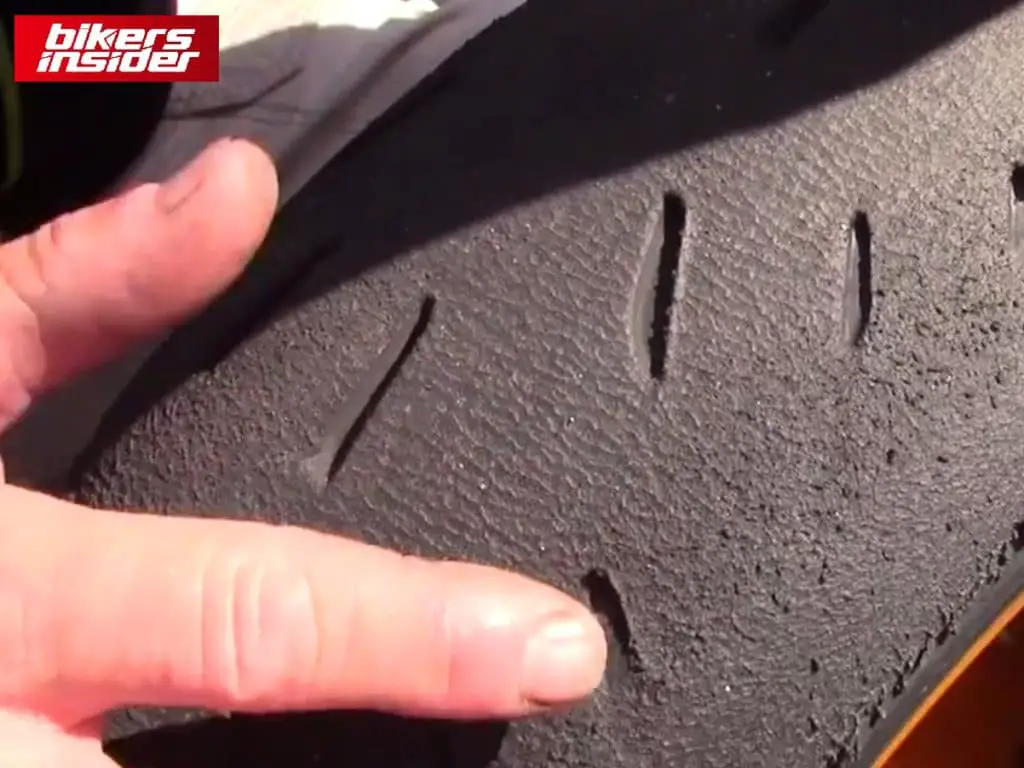
Look for any damage to the tread or walls and any projecting objects or worn areas. According to current UK legislation, all but 25 percent of a Tyre’s tread must have a visible tread depth of at least one millimeter.
Next, you’ll want to inspect the tread and locate the wear indicator on your tyres. The rear wheel usually wears down faster than the front one, which is not uncommon. Remember to check the pressures before starting your engine.
2. Inspect chassis and chain
When it comes to motorcycle maintenance, it’s easy to overlook the importance of visually inspecting the bike’s frame. Forks need to be checked for tightness, oil leaks, and the proper mounting of the wheel. Ensure the swingarm is straight, the fasteners are secure, and the wheel is installed correctly.
If your bike has air shocks, check to see that the pressure is correct and no oil leakage. To make sure that nothing is damaged or worn out, inspect the chain, belt, and driveshaft.
Back wheel lockout can be caused by a loose chain twisted in the sprockets. Even though a highly tight chain poses less of a threat on the surface, the tension it puts on the chain’s components can cause wear and damage over time.
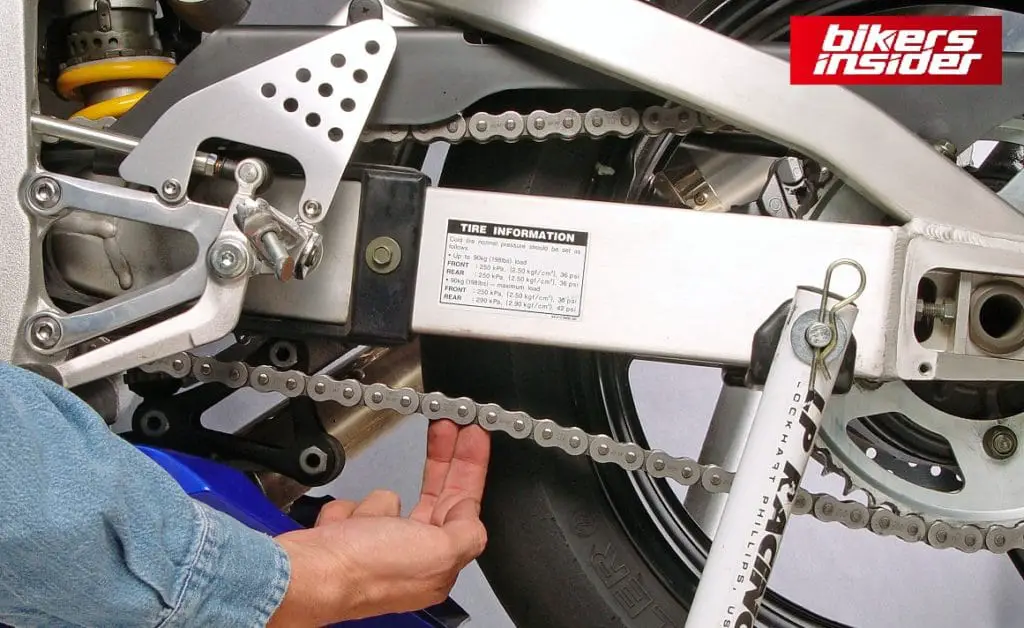
Lift the chain by placing two fingers on its bottom and attempting to lift it. In most cases, 1.5 inches of play is adequate, but be sure to consult your owner’s manual. Please check again in case of heavy loads, riders, or pillions, as these will increase the tension. Back wheel nuts and adjustment screws are used to make changes.
Using a rusted or completely dry chain puts your safety at risk. Assemble your bike on the main stand and slowly elevate the back wheel. Chain lubricant specific to your bike should be applied generously.
After your ride or in the evening, allow the oil to soak into the chain overnight to be ready for use the next day.
3. Keep a close eye on the oils/fluids
Keeping an eye on your bike’s oil is essential for road bike maintenance. Once a week is a plenty if you ride your bike frequently. Before every ride, if you bike infrequently. Keeping track of your oil fluid level is as simple as consulting your owner’s manual.
Warming up the bike to operating temperature is an excellent place to start. You may check the oil level with a dipstick or a sight glass. When you hold your bike level and look through the sight glass on your bike, you can see exactly how much oil you have. Some bikes come with a dipstick that may necessitate a closer inspection.
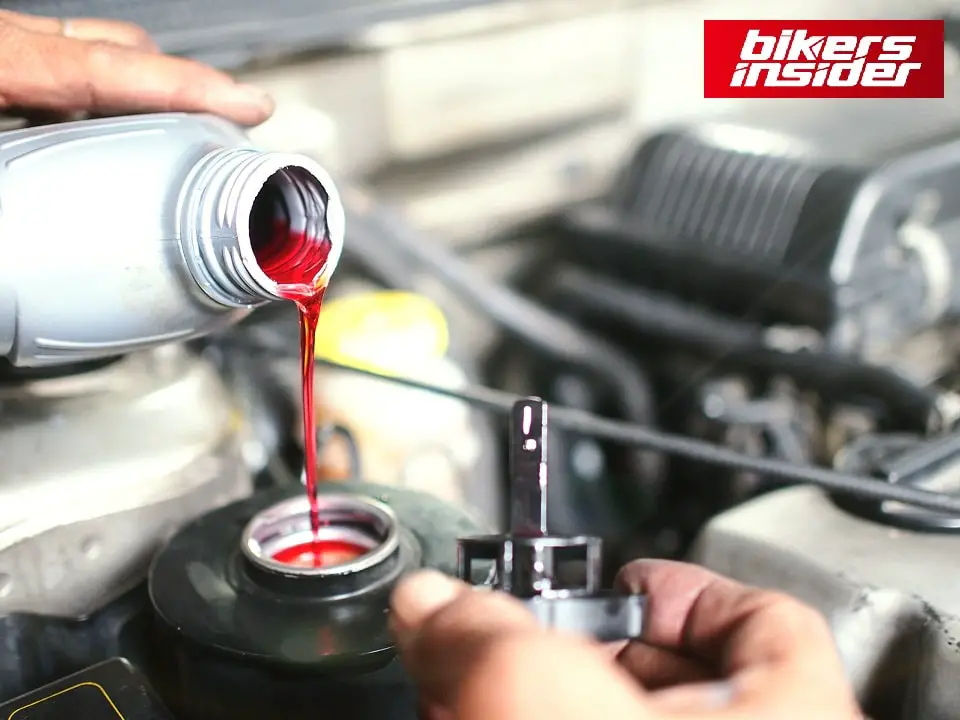
Hydraulic fluids are required for lubrication or pressure in all of these systems and for cooling and steering mechanisms. It’s easy to keep an eye on the levels in each reservoir or storage area.
You can find the locations of these components in your manual and information on what fluids or oils to use and how to do safety checks and top-offs. The removal and replacement of various rings and pieces necessitate the services of a mechanic.
When performing fluid and oil checks, always keep the motorcycle on a centre stand and level. This will provide an even reading.
Don’t forget to take note of the oil’s hue. It should look how it does when it’s out of the bottle. Changing the oil is indicated by darker-colored oil. Milky white oil indicates that coolant has been mingled with the oil, which could signal a blown head gasket or an engine problem. If you are wondering on how to change Oil of your bike, we have got you covered in this post on How to service your motorcycle: Oil, filters, and spark plugs
4. Electrical parts, cables, and lights
Next, perform a test on your lights as part of your regular bike maintenance. Quickly check the tail light and turn signals or marker lights to ensure everything is working correctly. Don’t forget to inspect your bike’s hazards if it has them.
Ensure that the front lever and the rear pedal work independently when you test your brake lights. Traveling by bike is stressful enough without worrying about problems.
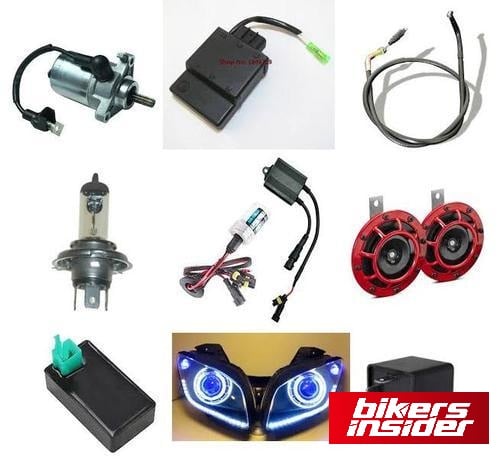
Your motorcycle is littered with wires and cables. You can tell if a cable is loose or damaged by looking at it. There is no need for them to be flimsy or shaky, but instead, they should be secure and streamlined.
Breaks, clutches, and lightweight components can all fail at the same time if the cables and termination points are worn. They need to be disposed of right away. Replace them.
Checking the lights is as simple as starting the engine and turning the switches on and off. Individual bulbs power the bike’s lights, including brakes, indicators, headlamps, and beams. If you’re driving at night, make sure your headlights are at the correct height to avoid dazzling the vehicle in front of you and ensure that you can see far enough ahead of you at night.
5. Motorcycle batteries
A dead battery is the worst thing that can happen to a vehicle. When the bike isn’t running, check the battery voltage, which should be between 12.6 and 12.7 volts. Ensure the connections are clean and tight and the battery is firmly attached if you need to replace it.
The battery is usually kept dry and clean by enclosed in a protective box.
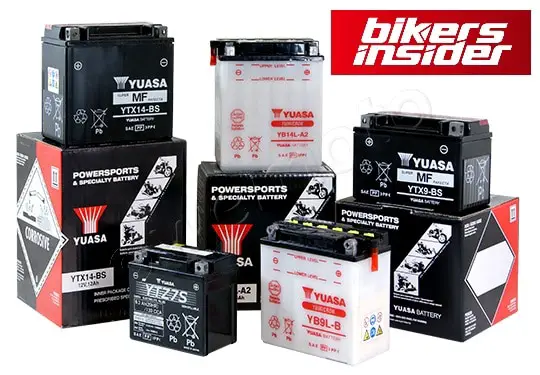
It is possible that the terminal connections can become loose or clogged with dirt over time, preventing the free flow of electrical charge in modern motorcycle batteries, although they require no maintenance.
The screws should be snug, and the terminal connection points should be clean.
Recharging a dead battery may not be necessary; however, replacing an undercharging battery can be costly. Here is a list of the best motorbike battery chargers that we’ve found. If you are in need of a new motorcycle battery, here is a post on the Top 5 best motorcycle batteries of 2022 for your pick.
6. Brakes and controls
To keep your bike in good shape, it’s vital to frequently inspect its controls. Check for worn, loose, or out-of-of-adjustment brake levers, pedals, clutches, throttles, and grips. Make sure the wires aren’t tangled or rubbing against each other.
Brake pads and fluid should be checked at this time as well. For optimal performance, make sure you replace these regularly.
You should also examine the thickness of your brake pads and check the brake fluid levels. These parts really hold your brake disc in place and allow you to slow down and come to a complete stop on your bike.
Obviously, they will wear out with time if they are used constantly. Even if you don’t feel like replacing brakes, performing a simple visual inspection should be simple enough.
Sets of two pads are available. It appears that the pads have been worn down to a frail state. Healthier pads have a thicker, more durable material.
7. Air filters
Another vital motorbike engine care tip is to get your air filter serviced or replaced. This filter prevents dirt and other particles from entering your engine by capturing them. A filthy or clogged filter can reduce your engine’s performance and decrease your motorcycle’s fuel economy.
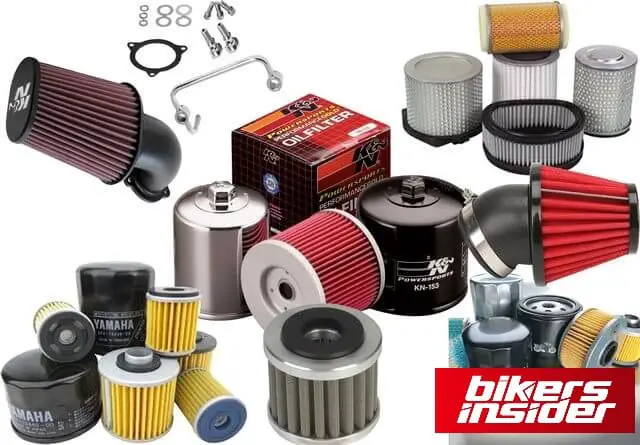
The smoother the airflow, the greater the performance because air filters catch dust and other particles. To get the best performance out of your air filters, they must be cleaned or replaced when they become clogged or dirty. If you’re a novice, you can typically remove the filter, wash it in kerosene, and replace it after a light coat of engine oil has been applied.
As a result, dirt and dust are trapped in the oil rather than swept away by the filter. After the kerosene cleaning, it’s also critical to dry the filter.
8. Spark plugs
Regular road bike maintenance also includes changing your spark plugs. Maintaining this portion is critical because you won’t be able to move if it burns out.
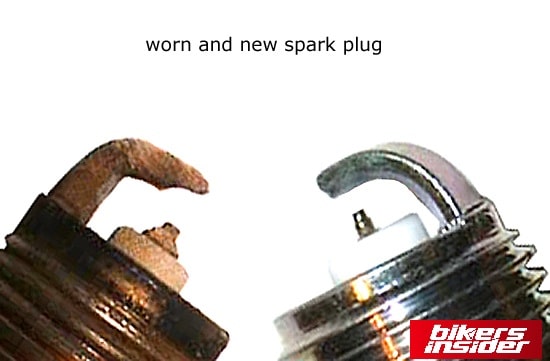
When installing a new spark plug, you’ll need to ensure that the spacing between the electrodes is correct. This is a breeze with the help of a gap tool. Any car parts store should have one. For a detailed reading on how to change your spark plugs, please visit the post How to service your motorcycle: Oil, filters, and spark plugs.
9. Nuts, bolts, and mechanics
It is good to inspect your bike’s wheel nuts, handlebars, luggage racks, wing mirrors, mudguards, and anything else that could come loose over time while it is on the central stand.
There will come the point when attempting some tasks on your own is neither prudent nor safe.
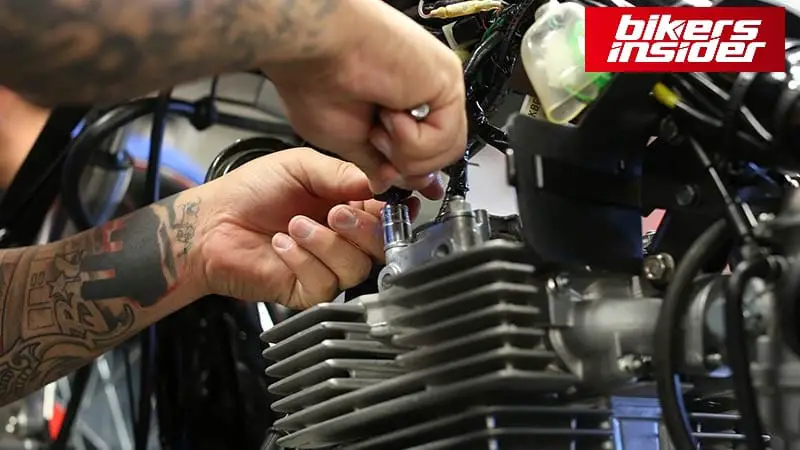
Removal and replacement of parts in the correct sequence are hallmarks of the mechanic’s profession.
As a novice, you may not know the various variables involved in engine stripping and other major work on a vehicle.
Conclusion
This isn’t a comprehensive list of how to maintain your motorbike; instead, these are some general motorcycle repair suggestions to assist you in keeping your bike in good condition. When it comes to bike maintenance, always refer to your bike’s service manual.
Discipline and focus are also necessary. Maintain a clean and orderly appearance at all times. Tools, screws, and bolts are easily knocked over, so use small containers and a mat to keep oil off the floor. You’ll be less frustrated if your workspace is neat and orderly, which signifies your own orderliness.
Making a little physical effort while maintaining your motorcycle is rewarding and enjoyable. You’ll be filled with pride after you’ve put away your tools, cleaned up, and ridden off in your well-kept vehicle.

